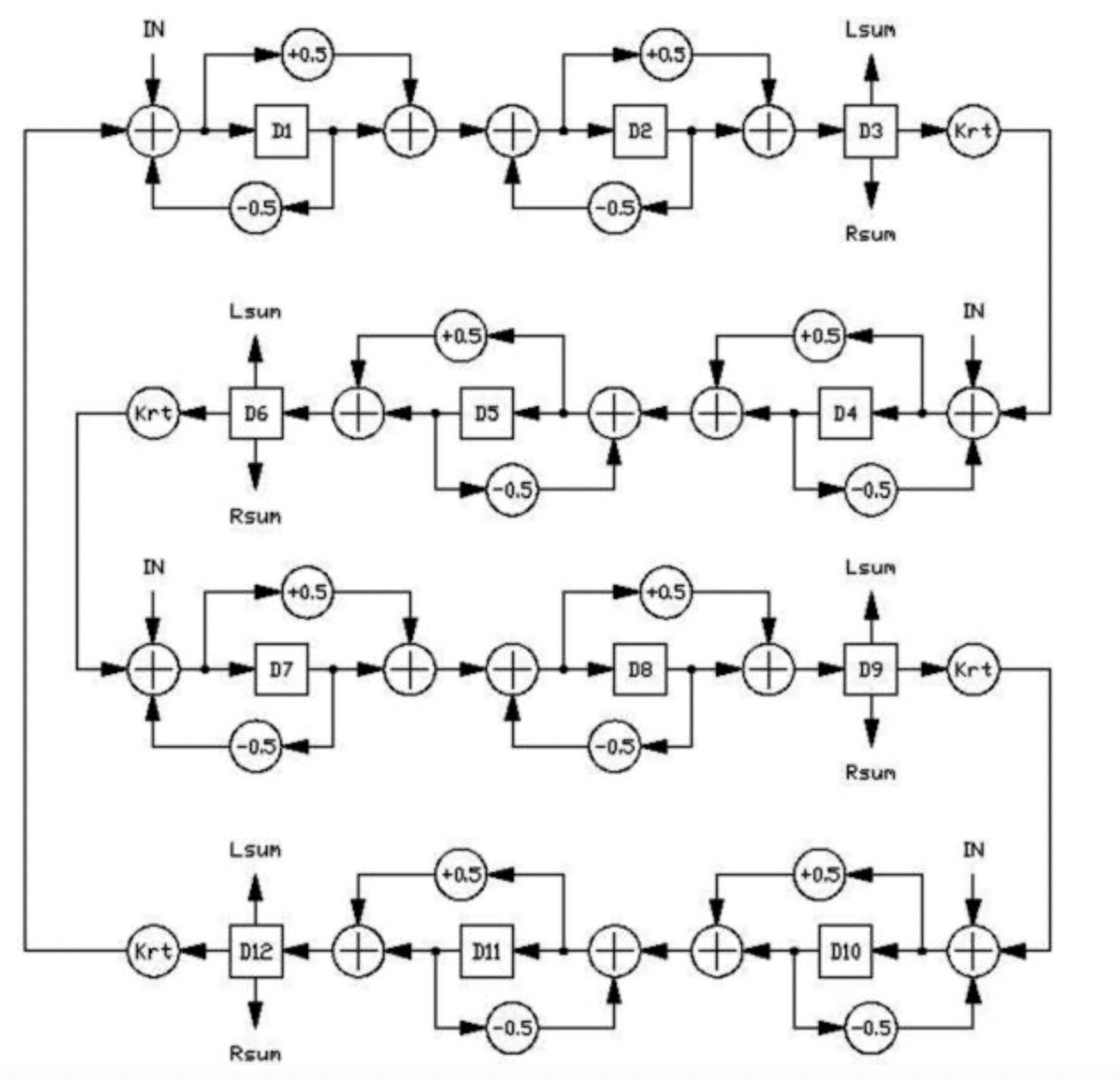An introduction
Welcome to the Halls of Valhalla!
A bit of background: For the past 20+ years, I have been interested in the intersection between the academic world, the professional world, and musicians. I am fascinated by electronic and computer music on many levels:
- Technical: I am an audio DSP developer by trade, so I like to dive into the nitty-gritty of how things work.
- Musical: My tastes tend more towards the popular than the classical/academic, but I am fascinated on how these worlds have overlapped over time.
- Historical: I love following the life cycle of ideas, from when it was first developed, to how it was used by musicians, to when it was declared obsolete, only to rise phoenix-like from pawnshops, old journals, and so on.
The purpose of this blog is to explore all of the aspects of the intersection between technology and music that I find interesting at any given moment. I will probably have an emphasis on the technical aspects of things, but tempered with discussions on how technical ideas make their way into popular music. Things will probably be a bit scattershot at first, but over time the random dots should connect together to form a beautiful pattern that explains all audio things to everyone on earth.






Great blog. I’m a bit overwhelmed by the technical side of things, but fascinated at the same time. My own approach to playing with sound has been trial and error, usually throwing in the kitchen sink (with dirty dishes). But now, in trying to clean up some old tapes, I’m realizing some understanding and thoughtful application of sound processing is called for.
Now for a question. Back in the ’80s I was using an analog delay for pitch bending by manually sweeping the delay knob. I guess this is a brute force type of modulation(?). I’m wondering if you’re familiar with any commercial product based on this sort of approach? Do you happen to know if, for example, the Digitech “Whammy Pedal” might work on this principle?
Hi pilgebump,
Many pitch shifters work on a similar principle to the trick you describe – changing the length of a delay line. As the delay line gets shorter, the data is being read out at a faster rate than it goes in, which results in a pitch increase. If the delay line is being made longer, the data will be read out at a slower rate than it is being written in, which results in a pitch decrease.
The problem is, at some point the delay line gets too short or too long. In programming terms, the read pointer (where the sound comes out of the delay buffer) is too close to the write pointer (where the sound is being written into the delay buffer), or the read pointer is about to run off the end of the delay buffer.
When this happens, you need to reset the read pointer instantly back to the “other end” of the delay buffer. This causes an audible glitch, or pop.
To mask this, most pitch shifters use two read pointers, and fade the volume of each pointer out when it is about to be reset, then fade it back in. When one pointer is at its loudest, the other is at its quietest, resulting in a crossfade.
The Whammy pedal analyzes the signal to find the point at which the glitch will be least audible, then performs the crossfade at the optimum time. This works well for some signals, but can result in weird artifacts for complex chords. All “intelligent” pitch shifters can have these artifacts at one point or another, so it isn’t specific to the Whammy. “Dumb” pitch shifters, which crossfade at a fixed rate, also have artifacts – more of a tremolo sound, or a warbling.
Thanks for writing! I might write up a more expanded version of this theory as a post at some point.
Sean Costello